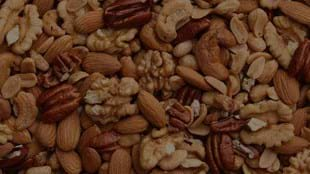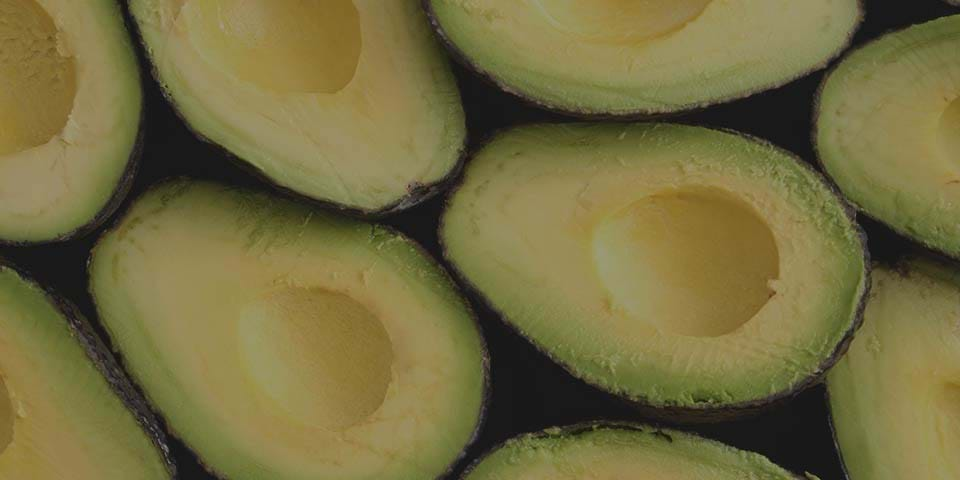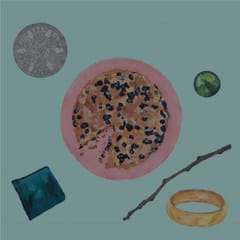Past populations have thrived on diets high in fat. The best known example is Greenland’s Inuit. They ate plenty of animal fats without heart disease. So when did we all get so worried about a little butter? More on this in our following fat article.
When fat comes from natural sources, and we don’t combine it with too many refined carbohydrates, we have no reason to fear it.
Most of us believe that carbs are the correct fuel for our bodies, in order to constantly ‘keep our blood sugar levels up’ so that we don’t pass out or starve. The truth is, our bodies are adaptable and we can also use the other macronutrients as fuel.
Fat is, let’s face it, delicious. But we’ve been associating it with unhealthy foods for many decades. So it’s hard to believe the thing we were taught to fear, truly is essential to our health. But over and over again, the science is showing that our fears were misplaced – lower carb, higher fat diets are winning out over traditional diets.1-2
While we have been led to believe our bodies need a constant supply of carbs and sugars in order to function. This goes against how our bodies evolved to work. At the extreme we can survive on just proteins and fats, with periods of starvation in between. Even athletes can perform on low carb diets.3
So how can you add to your fat intake, healthily?
Let’s get one thing straight – we are talking about good fats here. It’s really pretty simple, good fats are from natural sources. They can be animal or vegetable fats, like eggs, avocados, nuts or fish. And when you cook, don’t forget those tasty solid fats. Coconut oil has great resistant to heat, as does clarified butter, called ghee. This heat resistance is important. When vegetable or seed oils get too hot, they can be a source of unhealthy compounds.4 But don’t throw out your extra virgin olive oil – this one is still great for lower heat cooking, and it is attributed to the amazing health of the Mediterranean diet.5
Let's talk about the Omega ratio
Another thing to consider in terms of fat intake is your ratio of Omega-6 to Omega-3. Too much Omega-6 is pro-inflammatory – it may even be linked to disease.6 The diets of our ancestors had Omega-6 to Omega-3 ratios of one to one, whereas this is closer to sixteen to one in our modern diet.7 So, eat more Omega-3 containing foods and less processed oils. You’ll find Omega-3 from animal sources like seafood and meat, especially grass-fed meat. Omega-3 is also found in seeds like chia and flax – but it’s not in the form that is most easily used by our bodies.8 Luckily the best type of Omega-3 can also be found in algae, the source for vegetarian friendly Omega-3 supplements.9
When it comes to making changes in your diet, our message is simple: Don’t fear the good fats. Plant or animal sources are both great, just choose the ones that are closest to nature.
Heading up our nutrition project is Dr. Jackie Mills (B Phys Ed, MBCh B, Dip Obstetrics), a specialist in nutritional medicine, an obstetrician and general medical practitioner. Jackie completed her post-graduate studies in nutrition at the Australian College of Nutritional and Environmental Medicine (ACNEM) and has practiced nutritional medicine for 25 years. As Les Mills’ Chief Creative Officer, Jackie is responsible for the development of all LES MILLS™ exercise programs.







